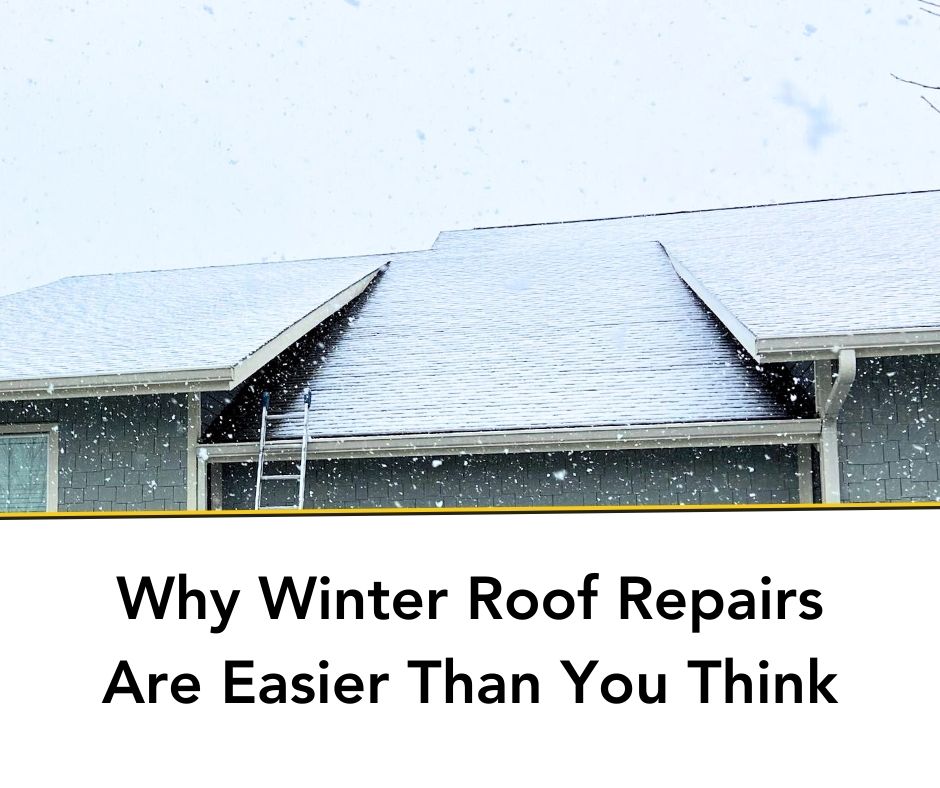

If you own or manage a commercial building, choosing the right roofing system is a big decision. Flat roofs are a popular choice for businesses in Oregon, offering cost-effective solutions and modern appeal. But are they the right fit for your property? Let’s break down the pros and cons of commercial flat roofs, including systems like TPO and membrane roofing.
One of the biggest advantages of a commercial flat roof is its affordability. Unlike sloped roofs, which require more materials and a more complex installation, flat roofs use fewer resources and take less time to install. This can mean lower upfront costs—a major plus for budget-conscious Oregon business owners.
Flat roofs also allow for easier maintenance. Instead of hiring specialists to work on a steep pitch, routine inspections and repairs can be performed with minimal risk, reducing long-term upkeep costs.
Oregon’s climate demands a roof that can handle everything from heavy rain to intense summer heat. TPO (thermoplastic polyolefin) roofing, a popular flat roofing option, reflects sunlight, helping keep buildings cooler and reducing air conditioning costs. Many membrane roofing systems are also energy-efficient and can be paired with insulation to minimize heat loss in the winter.
Additionally, flat roofs offer great opportunities for eco-friendly enhancements. Many Oregon businesses use them for solar panel installations or even green roofs, which improve insulation and reduce stormwater runoff.
Commercial flat roofs can give you extra usable space—a huge advantage. Whether you need a place for HVAC units, solar panels, or even a rooftop patio, a flat roof offers flexibility that sloped roofs don’t.
Flat roofs provide a sleek, modern look, making them a great fit for contemporary commercial buildings. They’re also versatile, working well for a variety of structures, from warehouses and retail stores to office buildings and restaurants.
One of the biggest drawbacks of a flat roof is water drainage. Oregon’s rainy climate makes this an important consideration. Unlike sloped roofs, which naturally shed water, flat roofs require proper drainage systems to prevent pooling, leaks, and water damage.
Fortunately, modern flat roofing materials like TPO and EPDM (Ethylene Propylene Diene Terpolymer) are designed to be waterproof, and proper installation ensures drainage solutions like scuppers and internal drains function effectively.
While flat roofs are durable, they generally don’t last as long as sloped roofing systems. TPO and PVC membranes typically last 20-30 years, while EPDM rubber roofing can last up to 40 years with proper care. However, flat roofs are more susceptible to punctures, weather damage, and wear from foot traffic.
To keep a flat roof in top shape, regular inspections and maintenance are essential. Business owners should schedule routine checks to catch potential issues like small leaks, cracks, or drainage blockages before they become major problems.
Ultimately, commercial flat roofs offer affordability, energy efficiency, and versatility, making them a strong choice for many Oregon businesses. However, they do require proper installation, maintenance, and drainage solutions to perform well in our wet climate.
If you’re considering TPO or membrane roofing for your commercial property, working with an experienced Oregon roofing contractor is key. A professional roofer can help you select the best materials, ensure proper drainage, and maximize the lifespan of your roof.
Dakota Roofing specializes in commercial roofing options, and has installed flat roofs for churches, restaurants, apartment complexes, and office buildings. Contact us today for a free consultation and let’s find the best roofing option for your commercial property.



